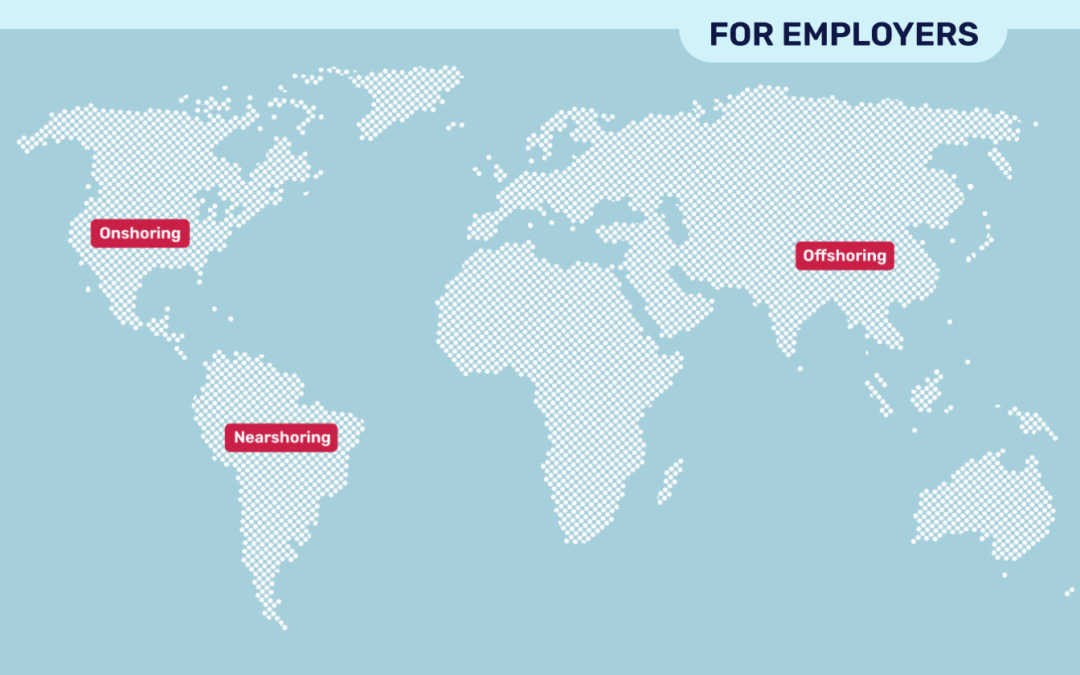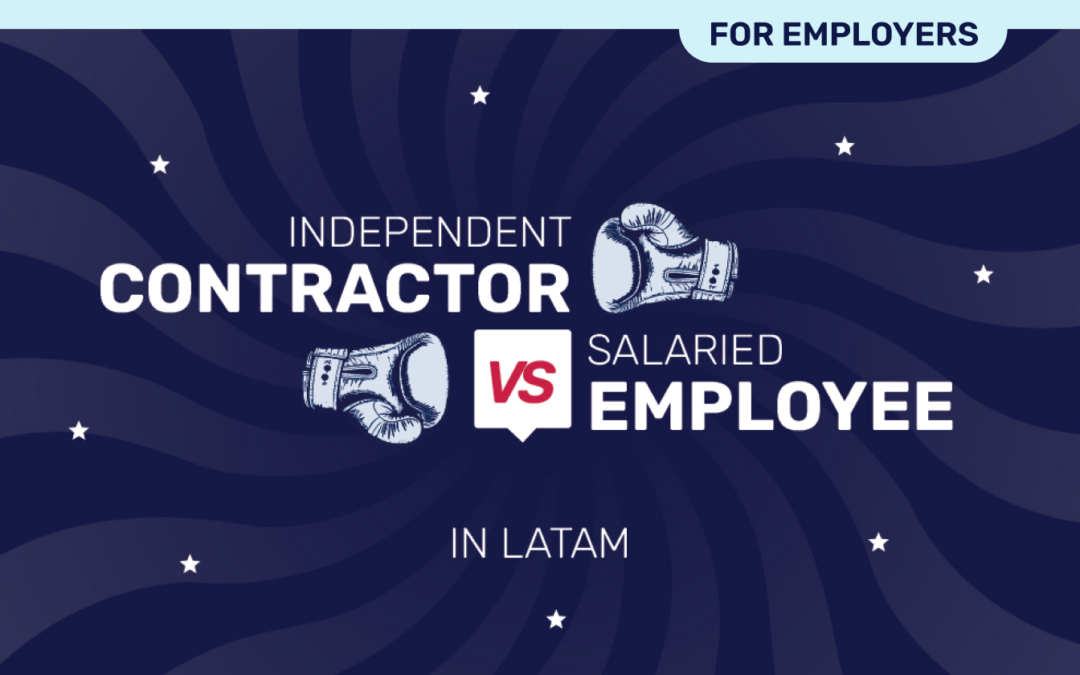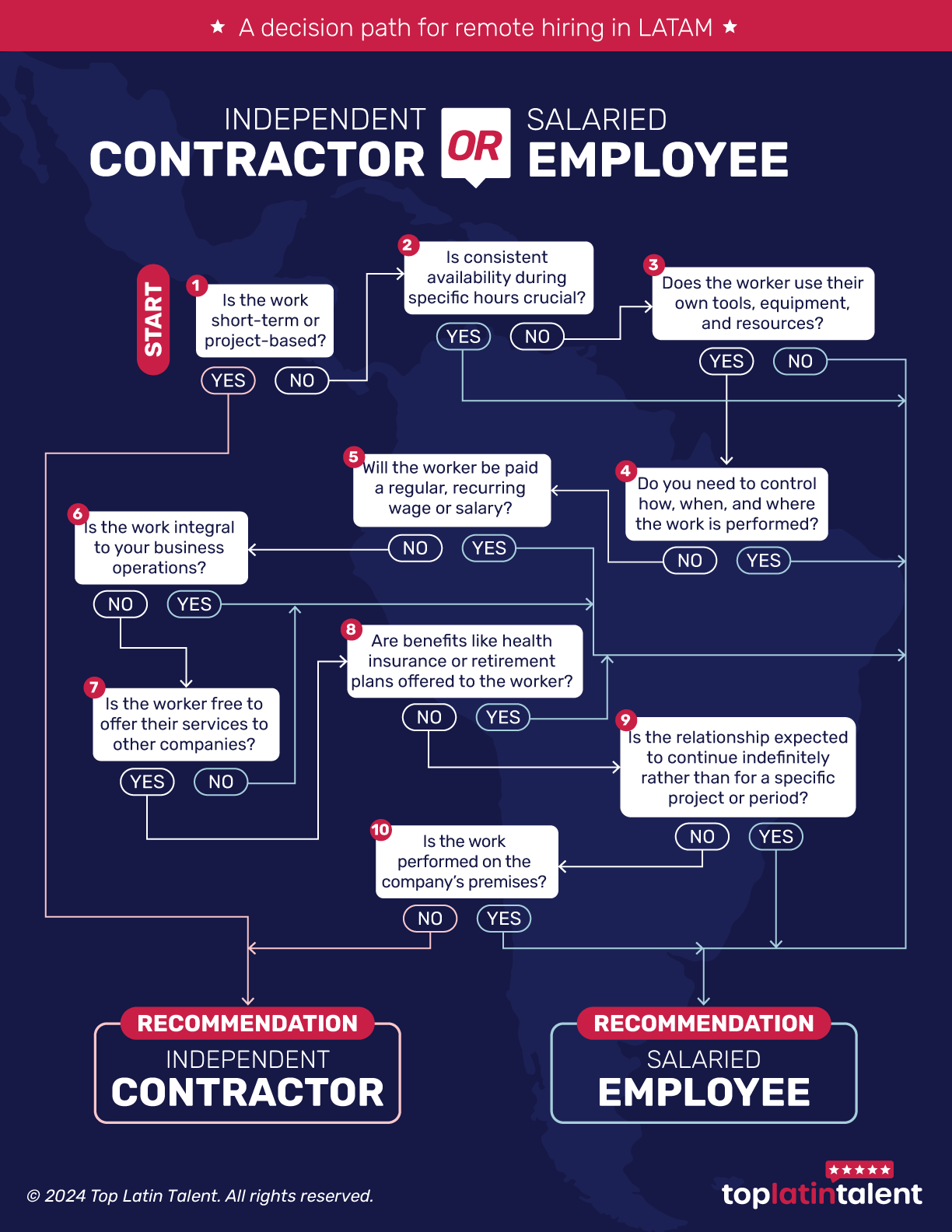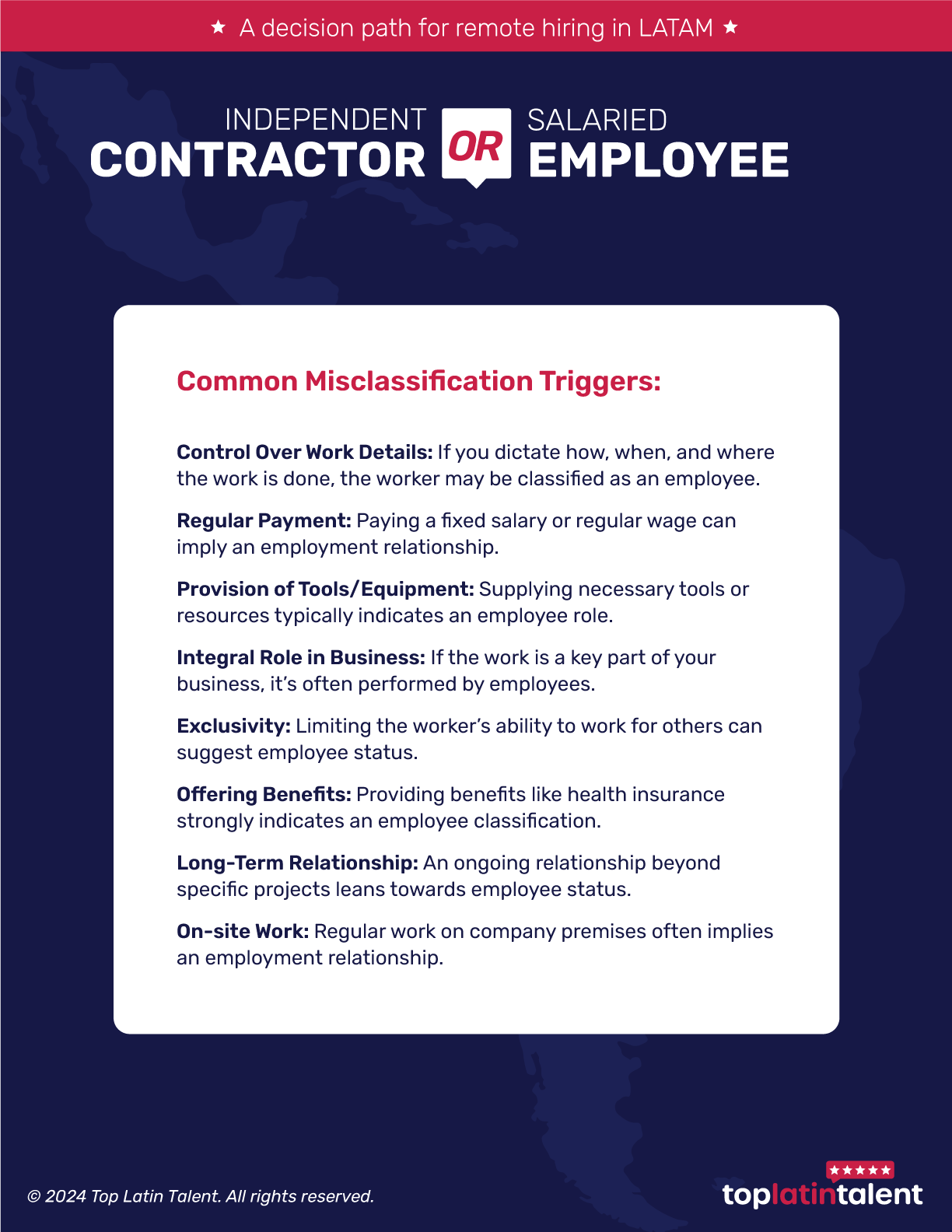
Choosing the best nearshore outsourcing model in LATAM
Choosing the best nearshore outsourcing model in LATAM

Selecting the suitable service model for your nearshore outsourcing strategy is crucial for ensuring your projects are managed effectively and deliver high-quality results. This guide will walk you through the different service models available in nearshore outsourcing and help you choose the one that best fits your business needs.
Understanding the service models
Dedicated teams
With the dedicated team model, you hire an entire team located nearshore who work exclusively on your projects. This setup is like having an in-house team but remotely based. You gain significant control and integration with your processes and company culture. It’s ideal for ongoing projects or large-scale initiatives where a stable, familiar team can make a difference. However, this model involves a substantial initial setup and may require longer-term commitments.
Project-based outsourcing
In this model, you outsource specific projects or tasks. The team is engaged only for the duration of the project and disengages once it’s completed. This approach offers flexibility and cost efficiency, making it perfect for short-term needs or projects with clearly defined scopes. While it is cost-effective for one-off tasks, it may result in less team integration and the risk of misalignment if project goals are not clearly defined.
Build-operate-transfer (BOT)
The BOT model involves setting up a nearshore operation with the help of a provider, who manages the operation initially before transferring complete control to you. This structured approach provides a smooth transition to full ownership. It’s best suited for companies looking to establish a nearshore operation with the intent to eventually take over. This model involves higher initial costs and complex planning but offers long-term benefits with a proven operational setup.
Managed services
Managed services involve outsourcing the management of specific functions or processes to a nearshore provider. The provider is responsible for delivering services based on agreed-upon performance metrics. This model offers access to specialized expertise and advanced technologies with predictable costs. It suits for ongoing management needs, such as IT support or customer service. However, it provides less direct control over daily operations and relies on the provider to meet performance expectations.
Factors to consider when choosing a service model
Business objectives
Align the service model with your strategic goals. If cost savings are a priority, project-based or managed services might be the best fit. For long-term investments, dedicated teams or BOT could be more suitable.
Project scope and duration
Consider the complexity and duration of your projects. Project-based outsourcing works well for short-term projects, while dedicated teams or BOT are better for ongoing needs.
Control and integration
Assess how much control and integration you require. Dedicated teams and BOT offer more control and integration, whereas project-based and managed services provide less direct control but offer greater flexibility.
Resource availability
Evaluate the availability and quality of talent in the nearshore location. For specialized skills, managed services or dedicated teams might be better. For general tasks, project-based or managed services may suffice.
Risk management
Consider the risks associated with each model. Managed services and BOT can mitigate some operational risks with established processes, while project-based outsourcing might carry higher risks related to scope and delivery.
Cost structure
Review the cost implications. Managed services often involve fixed costs, while project-based and dedicated teams might have variable costs. BOT and dedicated teams may require higher initial investments but offer long-term benefits.
Implementing your chosen service model
Define clear requirements
Develop detailed requirements and expectations to ensure that the chosen service model aligns with your business needs.
Select the right partner
Evaluate potential nearshore providers based on their expertise, reputation, and ability to meet your requirements. Agencies like Top Latin Talent can assist in finding the right talent.
Establish communication protocols
Set up clear communication channels to facilitate smooth collaboration and project management.
Monitor and evaluate
Regularly review performance against agreed metrics and KPIs to ensure the service model meets your expectations.
Adjust as needed
Be prepared to adjust based on performance, evolving business needs, or changing goals.
Choosing the right service model for nearshoring in LATAM involves understanding your business objectives, project requirements, and operational needs. By carefully evaluating the different models—dedicated teams, project-based outsourcing, BOT, and managed services—you can select the one that best supports your goals and sets the stage for successful nearshoring operations.
Are you looking to hire Latin American talent? Schedule a commitment-free meeting today with us to discuss your hiring needs.











